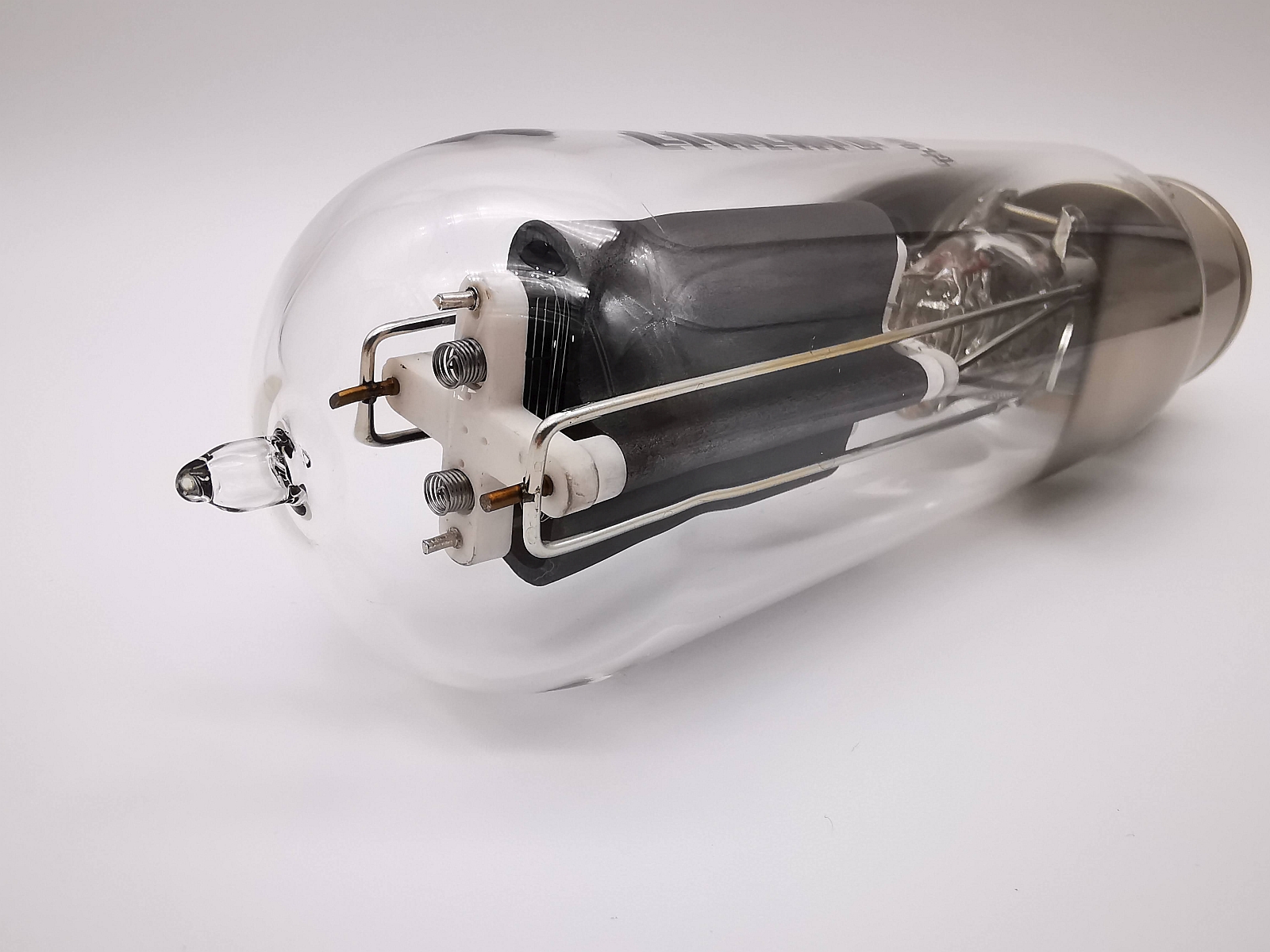Adding back Shuguang Treasure 6CA7-Z Select with better quality
 Update – April 12th, 2014: In addition to KT88-Z and CV181-Z, we are adding back in 6CA7-Z model of Shuguang Treasure black bottle tubes now (April 2014) with our newly formed quality control collaboration with Shuguang tube factory.
Update – April 12th, 2014: In addition to KT88-Z and CV181-Z, we are adding back in 6CA7-Z model of Shuguang Treasure black bottle tubes now (April 2014) with our newly formed quality control collaboration with Shuguang tube factory.
Grant Fidelity discontinued our offering the Treasure tubes in 2011 as the original ‘Treasure tube’ design team left Shuguang to form their own company ‘Psvane Audio’ and offer tubes under ‘Psvane’ brand. From 2011 to now, Shuguang has restructured its design team but the Treasure tubes have been sold through various channels with no clear quality indication. Grant Fidelity now has formed special collaboration with the Shuguang quality control team to ‘select, screen and supply’ tubes that Grant Fidelity deem to pass our quality requirement to meet customers’ needs for ‘once gone back, never look back’. All our ‘Select’ quality tubes have print on the tubes ‘Select by GF-LJX’ with anti-counterfeit label on the base. Interested in ordering yours? Click here.












